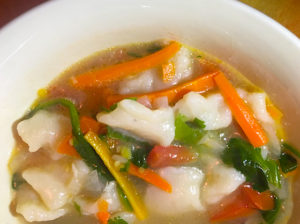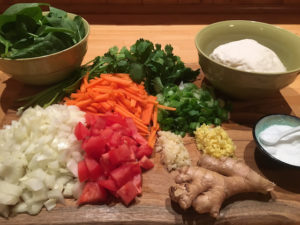Blanche-Neige en aurait été toute retournée… Selon certains chroniqueurs autorisés, elle aurait entrainé la séparation des Beatles, et de leur célèbre label. Quant à la jalousie de Steve Jobs, n’en parlons pas ! Il existe, bel et bien, une pomme complètement noire. Oui, vous avez bien lu. Noire comme du cirage. C’est la reine des pommes. Toutes les autres en sont jalouses et rougissent de colère. Certaines en verdissent de rage.
Mais d’où lui vient sa couleur ?
Originaire de la région autonome du Tibet, près de Linzhi, sa “couleur” vient du fait qu’elle pousse en altitude, à 3000 m environ, et à un ensoleillement exceptionnel. L’indice UV est particulièrement élevé et la différence de température notable entre le jour et la nuit (les nuits sont fraîches à 3000 m…) font qu’elle grille littéralement sur l’arbre ! Paradoxalement, son cycle de croissance est plus long que celui d’une pomme ordinaire, ce qui renforce d’autant l’aspect “charbon”.
À cette altitude, touristes et insectes ravageurs sont moins nombreux, notre diamant noir a donc toutes les chances de grossir et mûrir en toute quiétude jusqu’à donner des fruits à la chair très ferme et au goût très sucré, “comme du miel”, selon certains producteurs locaux. Elle est très croquante, presque croustillante pour les gourmets qui ont eu la chance de la savourer. Il faut dire qu’à 10 € la pomme, on la déguste !
La pomme noire du Tibet contient un taux très élevé d’oligo-proanthocyanidines (OPC) aux propriétés antioxydantes reconnues. Vous en trouverez certainement chez tout bon apothicaire, sous forme de gélules, d’huiles essentielles ou autres…
On la trouve exclusivement au Tibet et en Chine, où elle est évidemment un produit de luxe qu’on offre aux personnes qui nous sont chères.


